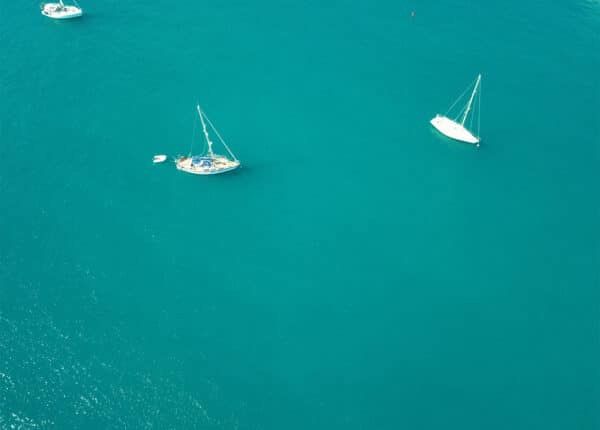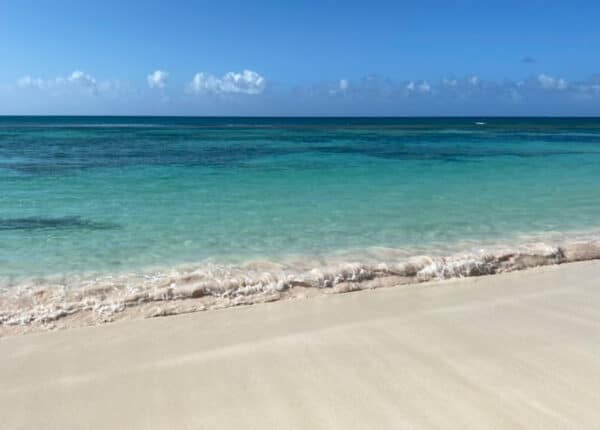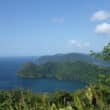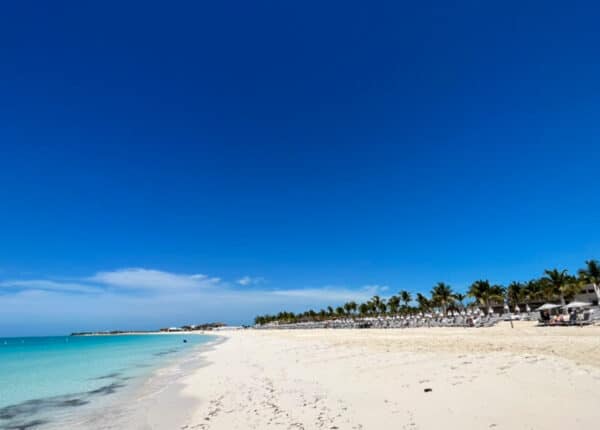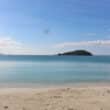Bermuda Creates Plan to Manage Sea Turtle Population
Above: a sea turtle
By the Caribbean Journal staff
Bermuda’s Department of Conservation Services has announced the completion of a management plan to deal with the conservation of the island’s resident green and hawksbill turtle populations.
The main aim of the plan is to “protect the species and their habitats and to contribute to national, regional, and global conservation efforts for marine turtles through knowledge-sharing and participation in international agreements,” according to a government statement.
Sea turtles face threats from a number of human activities, from collision with boats and jet skis, to incidental catch from fishing activities and the loss of seagrass habitat.
“Bermuda has a long history of progressive legal protection for its sea turtles,” said Bermuda Environment Minister Jeanne Atherden. “Beginning in 1620, the First Bermuda Assembly passed a law prohibiting the taking of young turtles. Further laws protecting sea turtles were passed in 1937, 1947, 1963, 1972 and 1978 which placed various restrictions on weight limits, seasonal fishing activities and ultimately imposed a total fishing ban on all sea turtles within Bermuda’s territorial waters.”
In 2012, four species of sea turtles were listed under the Protected Species Act in Bermuda, the green turtle, hawksbill, loggerhead and leatherback, although only the first two are full-time residents of the island.
The new plan includes several recommendations, including increasing the number of international agreements signed by Bermuda regarding sea turtle management; increasing education regarding human threats toward sea turtles and making an accurate assessment of the current population status of both species.
